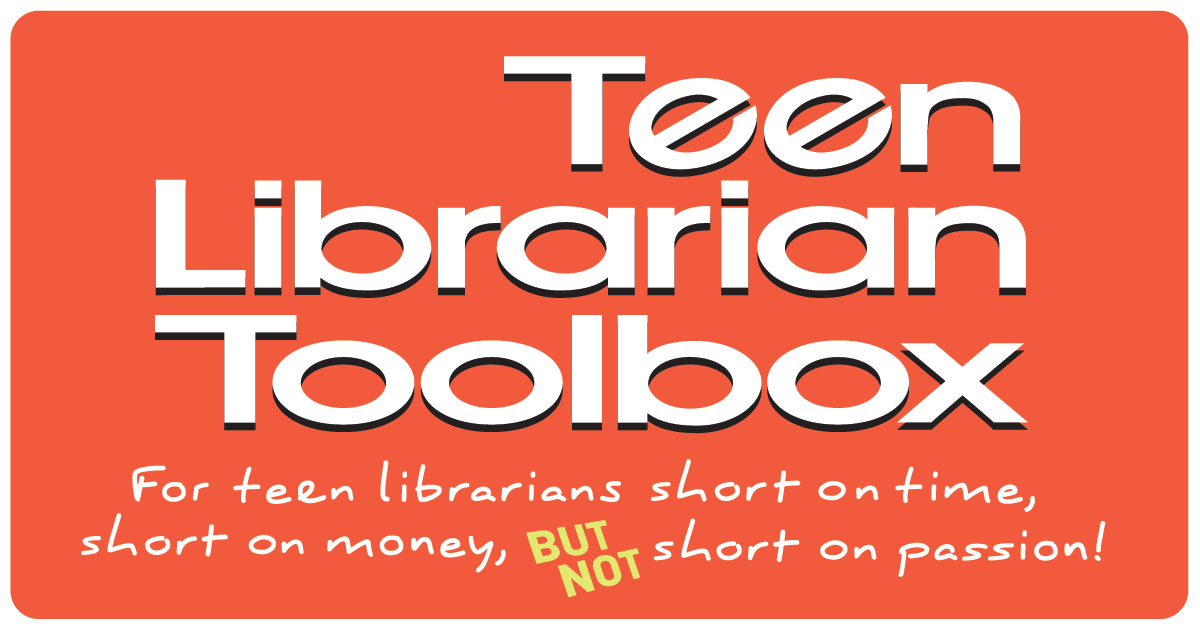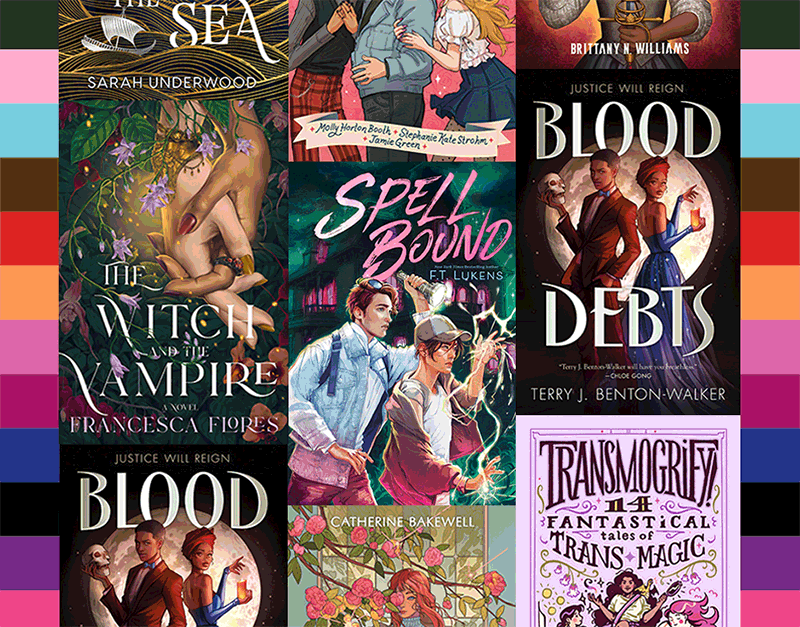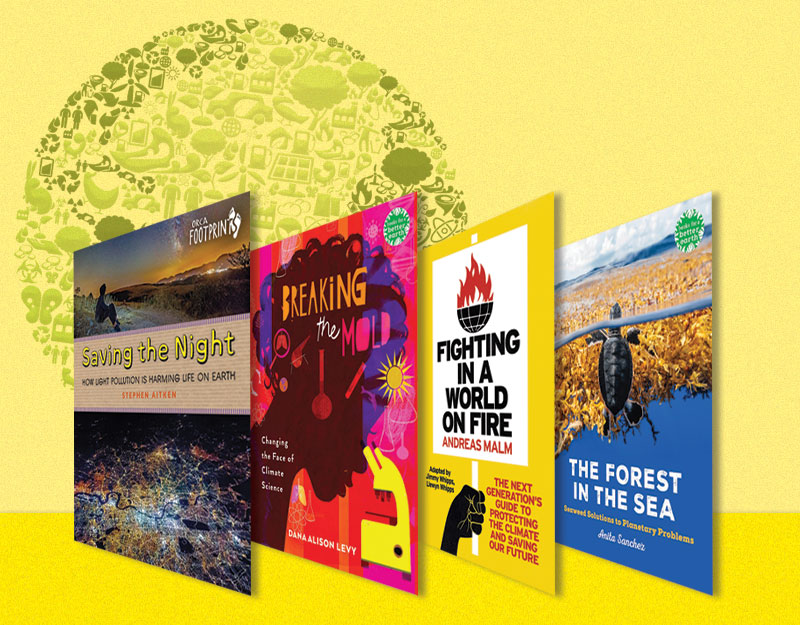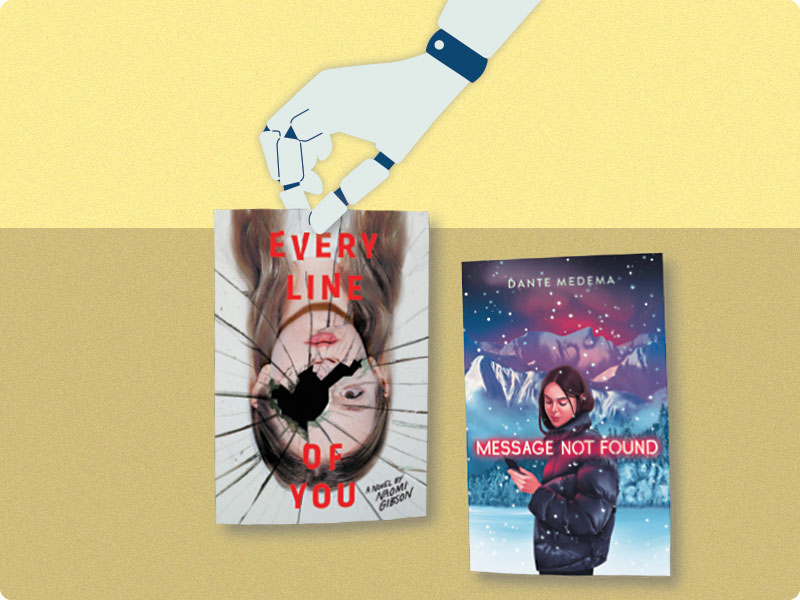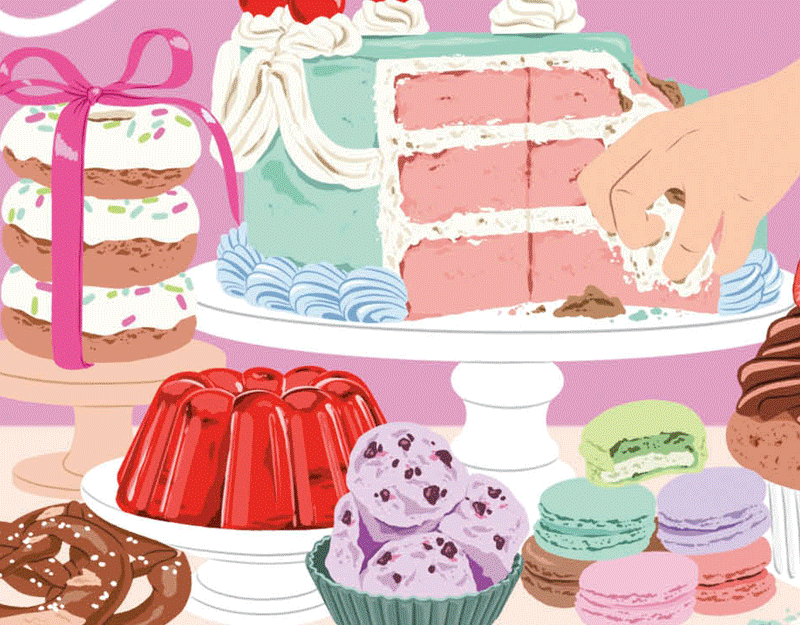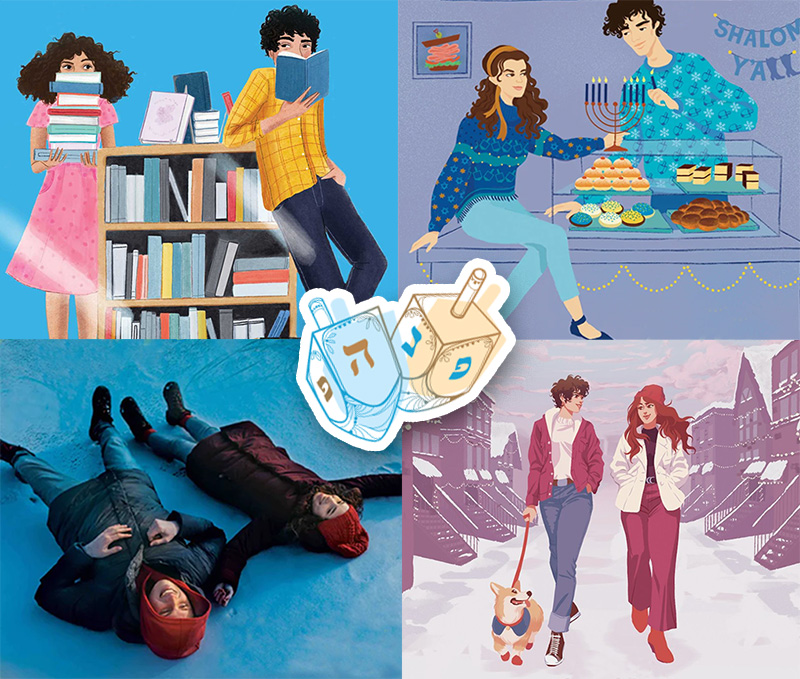My Mother’s Yearbook and Other Mysteries, a guest post by Lisa Graff

One of my favorite lazy-day activities as a middle schooler in the 1990s was to scour the pages of my mom’s high school yearbooks. She’d graduated in 1969, a time when—at least in La Crescenta, California—every high school boy posed for yearbook photos in a jacket and tie, and every girl in pearls. It was a far cry from the stirrup-foot leggings and oversized sweaters I was used to rocking day to day, and I found every page fascinating. The cheerleaders wore wool skirts down to their knees. There was nary a girl to be found in the A/V club—only skinny young men with thick-rimmed glasses. I used to quiz my mother on every autograph from every friend who’d written her a message. What, exactly, had happened in French class that was so hilarious? Did she really not remember Pam, who’d declared my mother “her dearest friend”? By poring over those pages, I could attempt to piece together a picture of my mom as a child, when she was near my age and in some ways so similar, and in others so incredibly different.
In retrospect, it’s obvious that one of the biggest pulls of these yearbook hunts for me was that it was also a glance at a time when my parents were falling in love. My dad had also attended La Crescenta High—along with his twin sister, my aunt Margaret—and he and my mother had been high school sweethearts. For a child of divorce, these records of their time together were priceless, proof that once upon a time they’d not only been a unit but blissfully happy too. My dad was so enamored with my mother that he’d filled an entire page with his chicken scrawl declaring his undying love and his imagined future for the two of them. My aunt knew they were destined for happiness too. It was always bittersweet reading those messages, understanding more than the kid-versions of my parents did about what was to come for them. If I could, would I warn them about the turbulence ahead? Or would I let it all play out the same, good and bad, so that they’d be sure to end up in the spot that was my present day?
ADVERTISEMENT
ADVERTISEMENT

I’ve often had readers tell me how much they appreciate the depth of the characters in my novels—not just the child protagonists, but the adult parents as well. From the parents in my first book, The Thing About Georgie, who are trying so hard to understand the struggles of a son with dwarfism, to the father in Lost in the Sun, who is more invested in his brand new family than investigating the trauma of his twelve-year-old, Trent, I love creating parent figures who are complicated and imperfect and often confusing to their children. And it’s not a stretch to think that I do this because I spent so many hours as a kid trying to figure out my own parents—how they got from Point A to Point B. Some of the lines seem obvious. Others, not so much.

In those old yearbook photos, you could imagine the path that led my dad—one of those thick-spectacled A/V boys—to become the heavy-bearded computer security expert I knew and loved. It was slightly more difficult, but still possible, to understand the path that turned my shiny-haired, shy-eyed straight-A student mother into the school librarian who moonlighted as a community theater actress. I loved imagining those paths, the twists and turns that shift a person’s character, until they’re still recognizable but incredibly different. It’s both bizarre and amazing to know that there’s a whole other world in which two of the people you know the best were completely different humans.
In my most recent novel, Rewind, twelve-year-old McKinley gets to experience these twisty paths first-hand, when she is thrust back in time to the year 1993, when her dad was in sixth grade, just like her. And she’s shocked to discover that her schedule-obsessed father is a Vans-wearing punk who pulls pranks on other students and is doing terribly in school. Likewise, McKinley’s best friend’s mother, Jackie, who in the present day provides a fun-loving refuge for McKinley, is somehow a bossy school bully. Most bittersweet of all, however, is McKinley’s beloved Grandma Bev, who McKinley has only ever known post-stroke and mostly non-verbal. In 1993, McKinley is finally able to speak with her grandmother and come to know her more deeply, discovering dreams for the future she never knew Grandma Bev had had, and sharing their strong bond of sewing and fashion. As she gets to know these younger versions of adults she thought she understood, McKinley discovers even more about them all, and how they grew into the people they are in the present. And this knowledge helps McKinley in forging her own path to a future that she envisions for herself.
If I could leap back in time to interact with my parents as kids, I would 100% take that opportunity. I bet most of us would. Because even though as children most of us spend what can feel like far too much time with our parents, learning everything from their groan-worthy jokes to their irrational pet peeves, a large chunk of their lives will always remain a mystery. Maybe I never I would’ve ended up a writer if I hadn’t spent so many days huddled up with those old yearbooks, crafting stories about my mom and dad’s previous lives. And so now, in my present-day, I’ve written a character who gets the opportunity to do something I never would’ve imagine and delves back into the past.
Meet the author
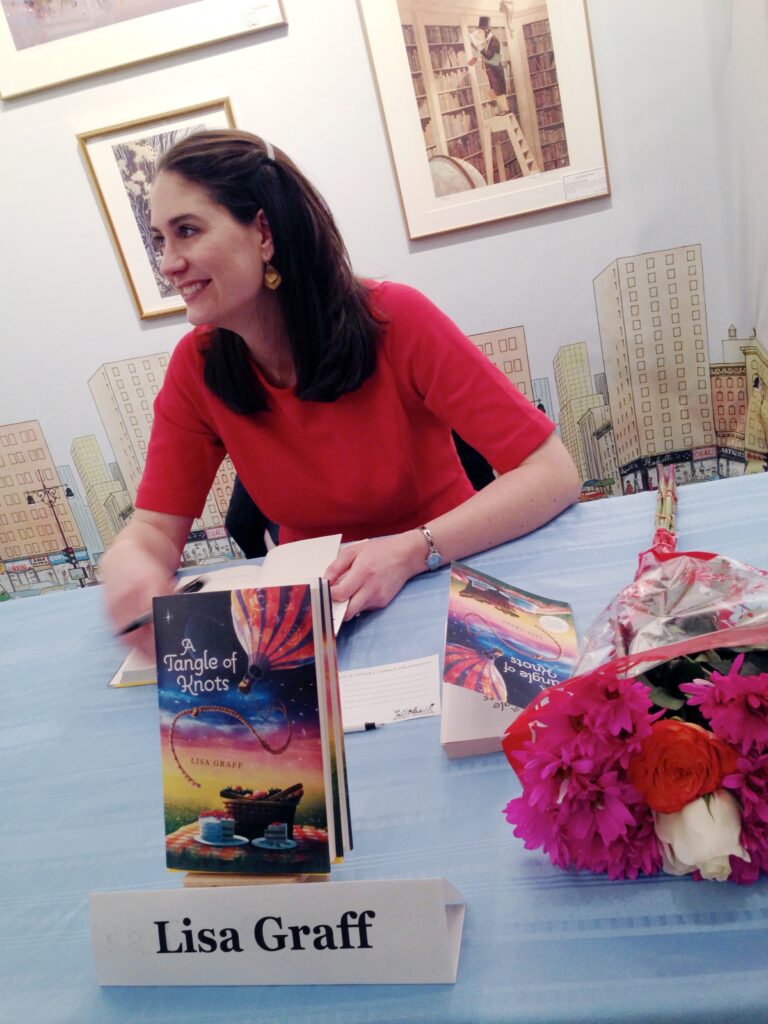
Lisa Graff is the author of fifteen novels for children and young adults, including the National Book Award nominee A Tangle of Knots, the NCTE Charlotte Huck Honor Book Absolutely Almost, and most recently the time-travel middle-grade romp Rewind. You can learn more about her and her books at lisagraff.com, or visit her on Instagram at @lisagrafflovesbooks.
About Rewind
Back to the Future meets When You Reach Me in this powerful novel by National Book Award nominee Lisa Graff.
As far as twelve-year-old McKinley O’Dair is concerned, the best thing about living in Gap Bend, Pennsylvania, is the Time Hop—the giant party the town throws every June to celebrate a single year in history. That one day is enough to make the few things that aren’t so fantastic about McKinley’s life—like her crabby homeroom teacher or her super-scheduled father—worth suffering through. And when McKinley learns that this year’s theme is 1993, she can’t wait to enter the Time Hop fashion show with a killer ’90s outfit she’s designed and sewn all on her own. But when the Time Hop rolls around, nothing goes as planned. In fact, it’s the biggest disaster of McKinley’s life.
Before she knows what’s hit her, McKinley somehow finds herself in the real 1993—and it’s not all kitschy parachute pants and Jurassic Park. All McKinley wants is to return to the present, but before she can, she’s going to have to make a big change—but which change is the right one?
This humorous and heartfelt novel about destiny and self-discovery shines a poignant light on the way life could play out—if a person is given a chance to rewind.
ISBN-13: 9781524738624
Publisher: Penguin Young Readers Group
Publication date: 08/22/2023
Age Range: 8 – 12 Years
Filed under: Guest Post
About Amanda MacGregor
Amanda MacGregor works in an elementary library, loves dogs, and can be found on Twitter @CiteSomething.
ADVERTISEMENT
ADVERTISEMENT
SLJ Blog Network
Notes on April 2024
Lifetime Achievement Awards and Upcoming Books: A Talk with Christopher Paul Curtis
Review| Agents of S.U.I.T. 2
ADVERTISEMENT

